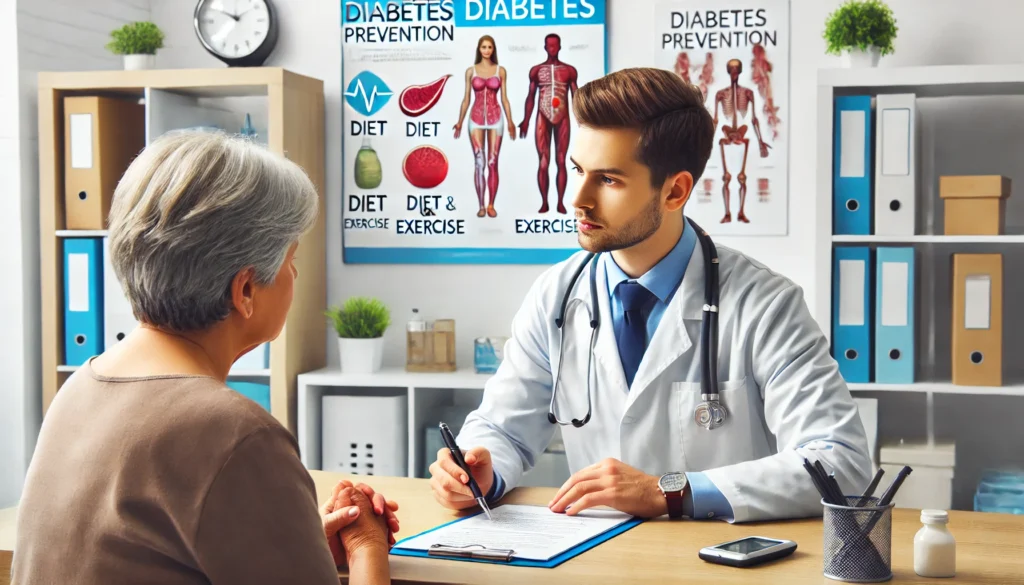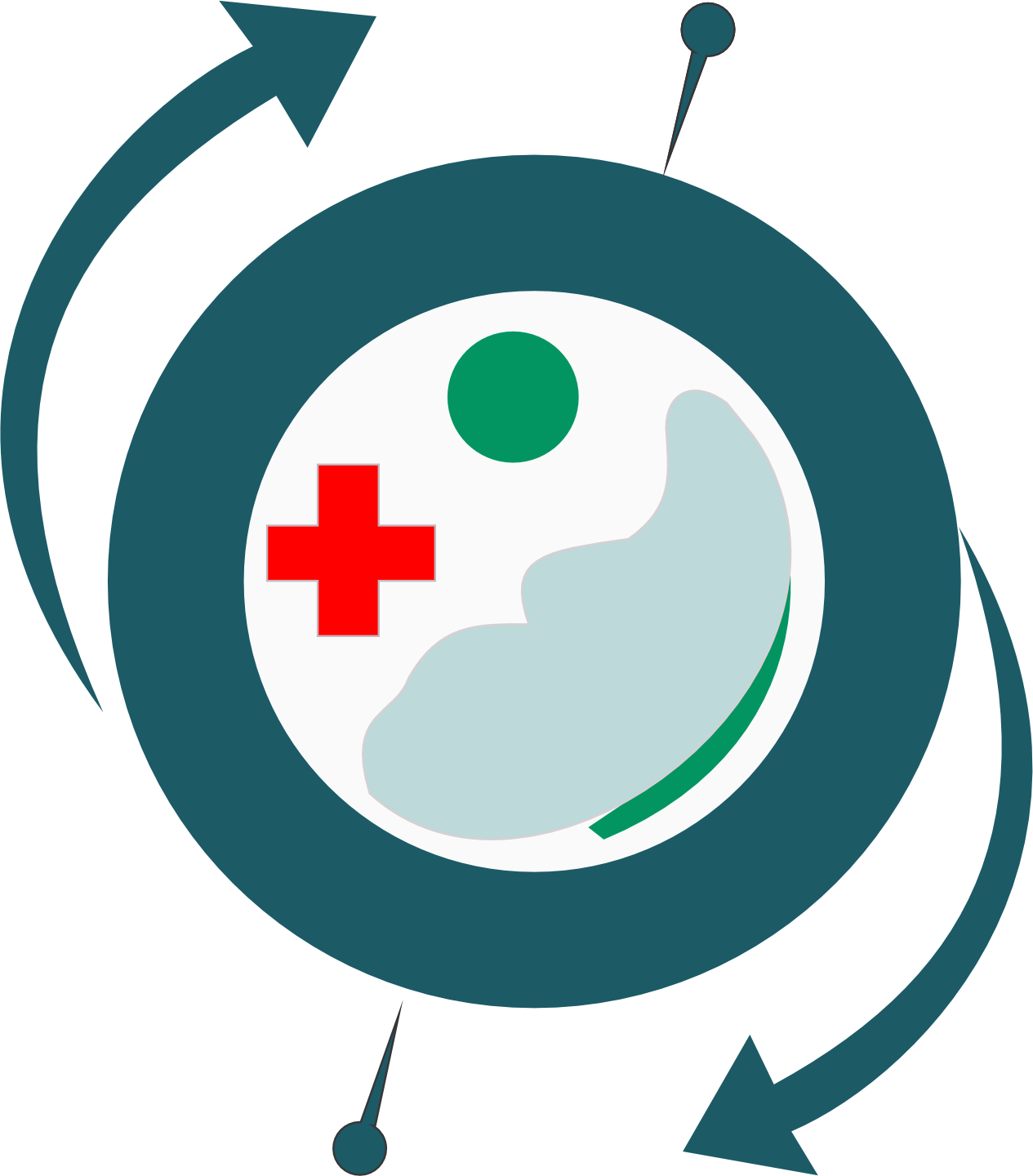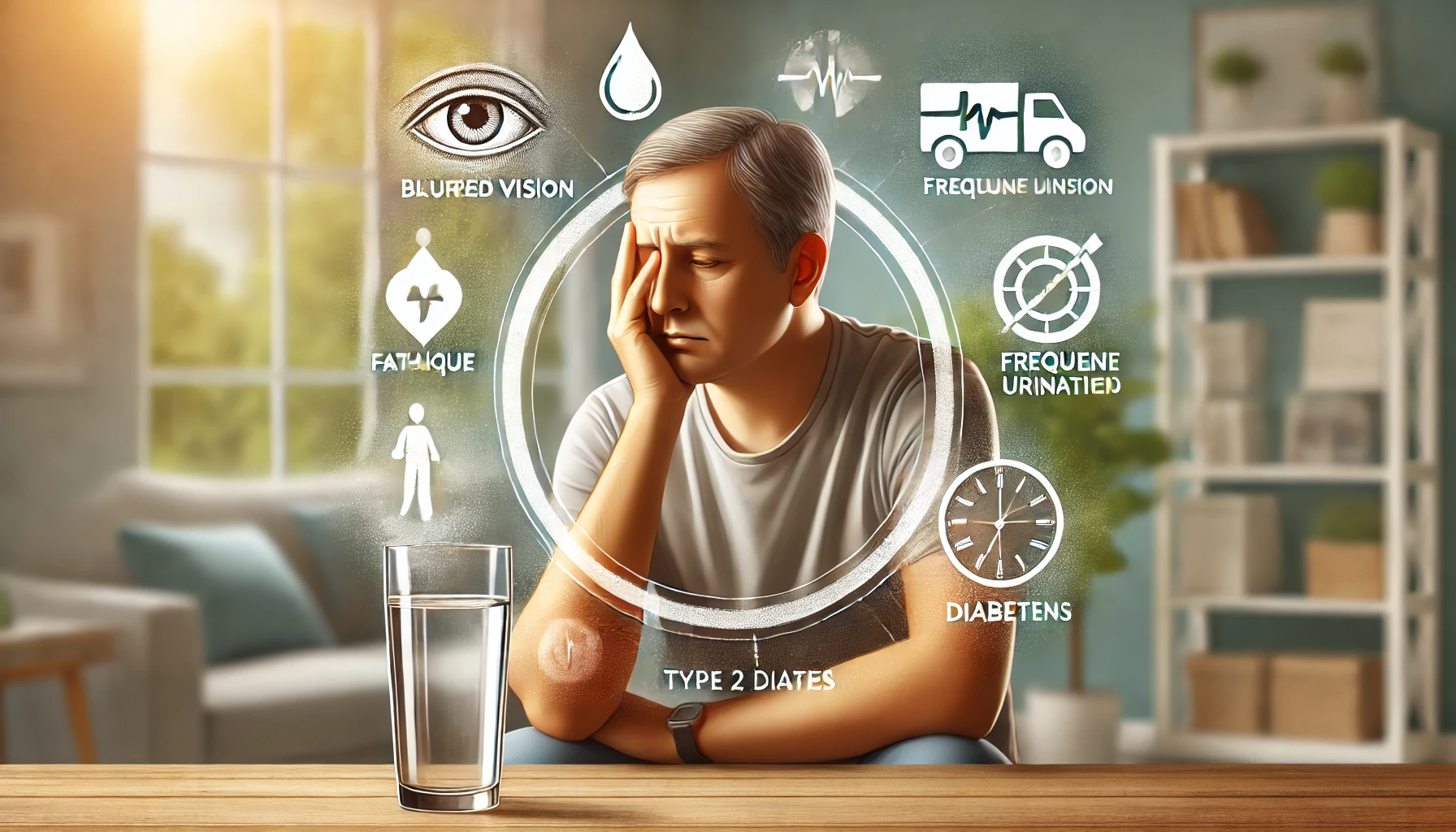Early Symptoms of Type 2 Diabetes: How to Identify Them Early
Type 2 diabetes is a chronic disease characterized by insulin resistance or insufficient production of this hormone by the pancreas. Identifying the early symptoms of type 2 diabetes is crucial for early diagnosis, enabling effective treatment and preventing more serious complications.
Most people are unaware of the first signs of the disease because early symptoms can be mild and develop slowly. This lack of awareness can delay treatment and increase the risk of long-term health problems.
What Is Type 2 Diabetes?
Type 2 diabetes occurs when the body cannot properly use insulin, the hormone responsible for controlling blood glucose levels. Over time, excess sugar in the blood can damage various organs, including the eyes, kidneys, nerves, and heart.
Unlike type 1 diabetes, which typically develops in childhood, type 2 diabetes is more common in adults, especially those who are overweight, sedentary, or have a family history of the disease.
Why Are Early Symptoms Often Overlooked?
The early symptoms of type 2 diabetes are often mistaken for signs of fatigue or aging. This happens because the body tries to adapt to the gradual increase in blood glucose, masking classic signs.
Moreover, modern lifestyles, with poor diets and lack of physical activity, can worsen the condition without noticeable changes in the body.
Main Early Symptoms of Type 2 Diabetes
![]()
- Excessive thirst: high blood glucose requires more water to balance sugar levels.
- Frequent urination: related to thirst, as the body tries to eliminate excess sugar through urine.
- Constant fatigue: glucose is not properly absorbed, and cells lack energy.
- Blurred vision: glucose fluctuations can affect the eyes, causing blurred sight.
- Unexplained weight loss: the body uses fat and muscle for energy, leading to weight loss.
- Slow healing: cuts and wounds take longer to heal due to impaired circulation and immune function.
Risk Factors Associated
The early symptoms of type 2 diabetes are more common in people with specific risk factors. Knowing these factors is crucial to staying alert and seeking medical advice when necessary.
Main risk factors:
- Age over 45: risk increases with age.
- Family history: having parents or siblings with diabetes raises the risk.
- Overweight and obesity: abdominal fat is linked to insulin resistance.
- Sedentary lifestyle: lack of physical activity hinders glucose control.
- High blood pressure: associated with metabolic issues contributing to diabetes.
- High cholesterol: elevated LDL and triglycerides increase the risk.
- Polycystic ovary syndrome: women with this condition often have insulin resistance.
People with one or more of these factors should pay extra attention to the early symptoms of type 2 diabetes and undergo regular tests.
Importance of Early Diagnosis
Detecting the early symptoms of type 2 diabetes is key to starting treatment promptly. The sooner the disease is controlled, the lower the risk of complications such as cardiovascular disease, neuropathy, and kidney problems.
Early diagnosis allows:
- Better control of glucose levels.
- Reduced need for medication.
- Prevention of irreversible organ damage.
- Improved quality of life.
Diagnosis is confirmed through lab tests, such as fasting glucose, HbA1c, and oral glucose tolerance tests.
When to Seek Medical Help
If you notice early symptoms of type 2 diabetes, it is crucial to seek medical advice. Small signs may indicate important metabolic changes. A doctor can order tests and suggest lifestyle changes, as well as prescribe medications if needed.
Seek help if you experience:
- Persistent excessive thirst.
- Unexplained fatigue.
- Involuntary weight loss.
- Frequent urination, especially at night.
- Persistent blurred vision.
Regular medical evaluations are even more important if you are in a risk group. Prevention and early diagnosis are the best strategies to avoid severe complications.
How to Prevent Type 2 Diabetes

Although early symptoms of type 2 diabetes can appear silently, it is possible to take steps to prevent the disease from developing. Prevention is based on simple but effective lifestyle changes that help maintain healthy glucose levels and body balance.
Key prevention methods:
- Maintain a healthy weight: even moderate weight loss significantly reduces diabetes risk.
- Exercise regularly: aerobic and resistance exercises improve insulin sensitivity.
- Adopt a balanced diet: eat fruits, vegetables, whole grains, and reduce sugars and saturated fats.
- Avoid excessive alcohol consumption: alcohol raises blood sugar and affects the liver.
- Do not smoke: smoking increases insulin resistance and worsens diabetes complications.
Prevention is always easier and less costly than treatment. These measures also help prevent other chronic diseases like hypertension and high cholesterol.
Impacts of Uncontrolled Type 2 Diabetes
Ignoring the early symptoms of type 2 diabetes can lead to serious consequences. When blood sugar remains high for long periods, the body suffers progressive damage to various organs.
Main complications:
- Diabetic retinopathy: retinal problems that can lead to blindness.
- Diabetic nephropathy: kidney damage that can progress to renal failure.
- Diabetic neuropathy: nerve damage causing pain, tingling, and loss of sensation, especially in the feet.
- Cardiovascular diseases: increased risk of heart attack, stroke, and hypertension.
- Diabetic foot: severe foot infections that can lead to amputation.
These complications reinforce the importance of early diagnosis and continuous control of type 2 diabetes.
Lifestyle Changes After Diagnosis
After identifying the early symptoms of type 2 diabetes and receiving the diagnosis, it is essential to adopt consistent lifestyle changes. These changes not only help control blood sugar but also improve overall health and quality of life.
Recommended changes:
- Meal planning: a nutritionist can create a personalized plan focused on reducing simple carbs and increasing fiber.
- Glucose monitoring: regularly measuring blood sugar allows for quick adjustments in diet and activities.
- Regular physical activity: walking, swimming, or cycling are great for staying active and sensitive to insulin.
- Stress management: practices like meditation, yoga, and breathing techniques help balance hormones and reduce glucose spikes.
- Proper medication use: strictly following medical guidance on oral antidiabetics or insulin, if necessary.
- Regular medical check-ups: periodic visits are crucial for adjusting treatment and preventing complications.
These habits become part of daily life, allowing people with type 2 diabetes to live active and healthy lives with fewer restrictions and more confidence.
Conclusion
Recognizing the early symptoms of type 2 diabetes can be the key to quick diagnosis and effective treatment. Although subtle, these signs indicate that the body is already imbalanced and needs attention.
Adopting a healthy lifestyle, with a balanced diet and regular physical activity, helps prevent and control type 2 diabetes. Additionally, maintaining regular medical check-ups and undergoing periodic tests are essential for those who want to stay healthy.
If you relate to the symptoms described or have risk factors, do not delay seeking medical advice. Early diagnosis can transform your life.
Related Content:
Discover natural ways to improve your sleep quality and wake up more refreshed. Access our complete guide: How to Improve Sleep Quality Naturally
Learn effective techniques to care for your mental health and manage daily stress. Check out our tips: Tips to Maintain Mental Health in Stressful Times
For up-to-date information and global guidelines on diabetes, visit the official page of the World Health Organization: World Health Organization – Diabetes


No responses yet